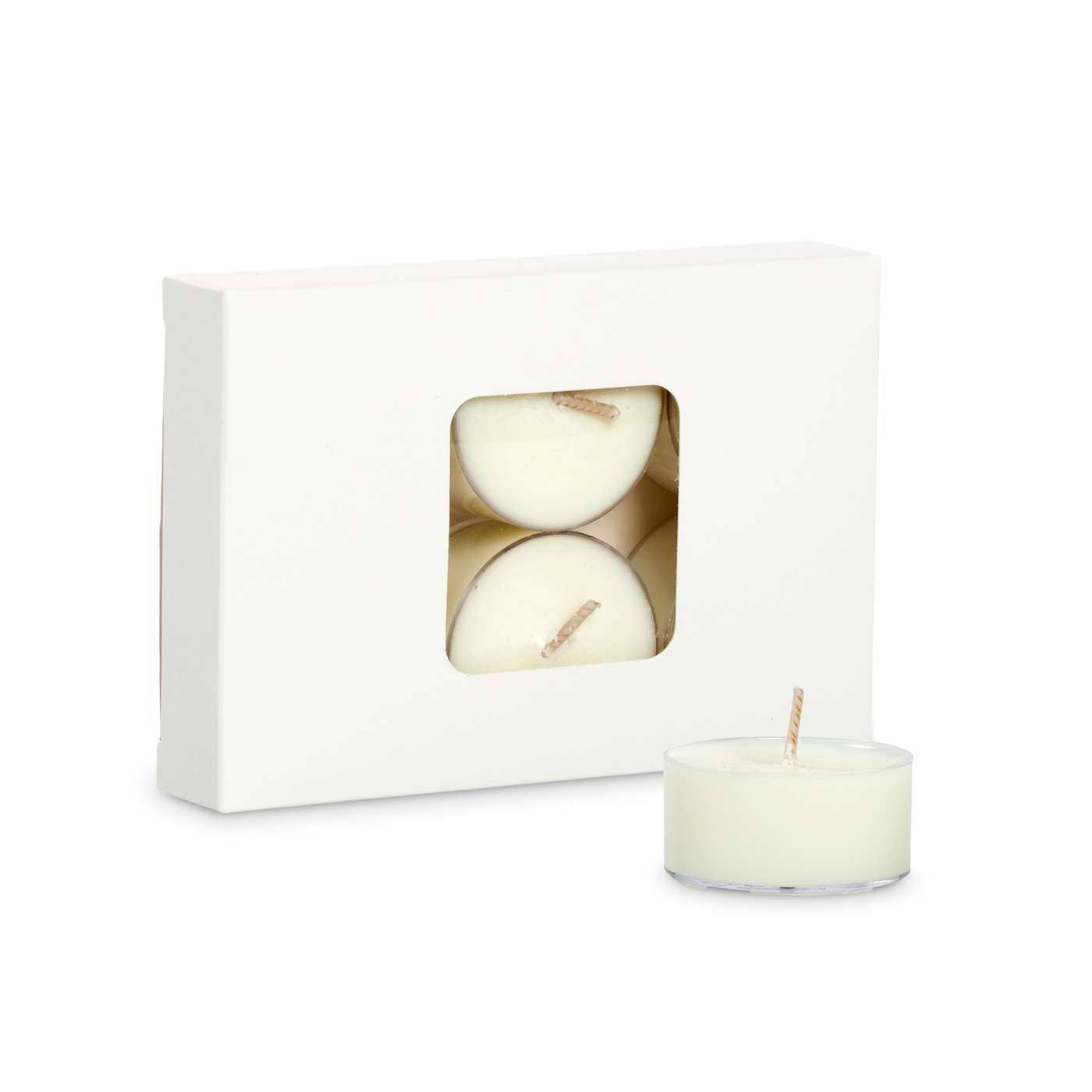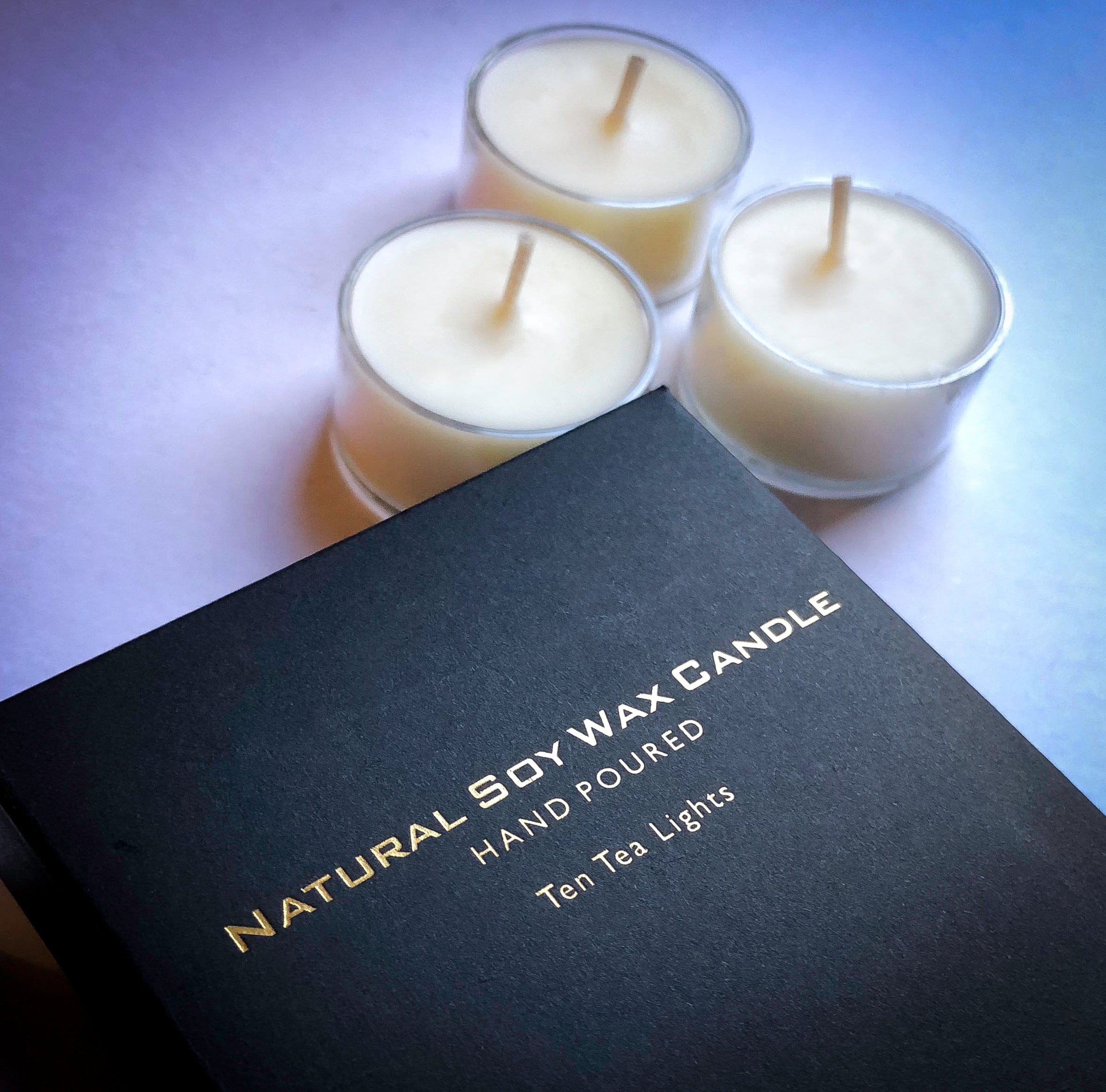Explore the Magic of Crystal Soy Candles and Home Fragrance
Explore the Magic of Crystal Soy Candles and Home Fragrance
Blog Article
From Wick to Wax: Understanding the Chemistry Behind Soy Wax Candles and Their Ecological Influence
As we brighten our areas with the warm radiance of candle lights, there exists a world of complex chemistry behind the seemingly straightforward act of lighting a soy wax candle. The selection between soy and paraffin wax expands beyond plain visual appeals, diving into the realm of ecological effect and the really composition of the materials. Comprehending the molecular structure of soy wax and its burning process clarifies the emissions released right into our surroundings. Join us as we decipher the scientific ins and outs behind soy wax candle lights and explore their ramifications on our environment.
Soy Wax Vs. Paraffin Wax
When contrasting soy wax and paraffin wax for candle light production, it is vital to understand the distinctive characteristics and benefits of each product. Soy wax is a natural, eco-friendly resource stemmed from soybean oil, making it green and eco-friendly - soy wax candles. On the other hand, paraffin wax is a by-product of petroleum refining, which elevates concerns regarding its ecological effect and sustainability
Soy wax candles shed cleaner and release less soot compared to paraffin wax candle lights, making them a much healthier option for interior air top quality. Additionally, soy wax has a reduced melting point, enabling a longer-lasting candle that distributes fragrance better. Paraffin wax, on the various other hand, has a tendency to shed faster and much less easily, possibly releasing harmful chemicals into the air.
From a sustainability perspective, soy wax is preferred for its biodegradability and eco-friendly sourcing, lining up with the growing consumer preference for eco conscious items. While paraffin wax has actually been a standard option in candle making due to its price and convenience of usage, the change in the direction of green choices like soy wax is obtaining energy in the market.
Chemical Make-up of Soy Wax

Burning Process in Soy Candles
The chemical composition of soy wax directly influences the combustion process in soy candle lights, affecting factors such as melt time, aroma launch, and ecological impact. When a soy candle is lit, the heat from the fire thaws the wax near the wick. This liquid wax is after that attracted up the wick due to capillary action. As the fluid wax reaches the flame, it vaporizes and undertakes combustion. The burning procedure involves the vaporized hydrocarbons in the wax responding with oxygen airborne to produce heat, light, water vapor, and co2.
The burning efficiency of soy candle lights is affected by the purity of the soy wax and the quality of the wick. A clean-burning soy candle light with a properly sized wick will create a steady fire and reduce soot development. This not only extends the burn time of the candle however likewise improves the release of scents. In addition, soy wax candles have a lower environmental effect contrasted to paraffin candle lights as a result of their eco-friendly and naturally degradable nature.

Environmental Benefits of Soy Wax

Thought about a lasting choice to conventional paraffin wax, soy wax supplies remarkable ecological benefits that make it a preferred selection amongst eco-conscious customers. One significant advantage of soy wax is its sustainable sourcing. check that Soy wax is stemmed from soybean oil, which is mostly cultivated in the United States. The cultivation of soybeans aids sustain neighborhood farmers and reduces the dependency on non-renewable nonrenewable fuel sources used in paraffin wax manufacturing. Furthermore, soy wax is eco-friendly, suggesting it damages down normally without launching unsafe toxic substances right into the atmosphere. This characteristic makes soy wax candle lights a more eco-friendly alternative compared to paraffin wax candle lights, which are made from oil, a non-renewable source. Soy wax burns cleaner and produces less soot than paraffin wax, adding to much better indoor air top quality and lowering the requirement for cleansing and maintenance. Overall, the ecological benefits of soy wax straighten with the growing demand for eco-friendly and lasting products out there.
Recycling and Disposal Considerations
Recycling and proper disposal of soy wax candles you could check here play a crucial role in maintaining ecological sustainability and lowering waste in communities and houses. When it comes to recycling soy wax candles, the very first action is to make certain that the candle has actually burned completely.

In regards to disposal, if recycling is not a choice, soy wax candles are eco-friendly and can be safely thrown away in most home waste systems. Nonetheless, it is always advised to talk to regional recycling facilities or waste management solutions for certain guidelines on candle light disposal to guarantee correct handling and ecological defense.
Conclusion
Finally, the chemistry behind soy wax candles exposes their environmental benefits over paraffin wax candles. Soy wax, originated from soybean oil, burns cleaner and creates less residue when contrasted to paraffin wax. The combustion procedure in soy candles is much more effective, bring about a longer and extra also melt. In addition, soy wax is naturally degradable and renewable, making it a much more lasting choice for candle manufacturing. Reusing and appropriate disposal of soy wax candle lights better add to their environmental effect. Read More Here
When comparing soy wax and paraffin wax for candle making, it is necessary to understand the distinctive qualities and benefits of each material (soy candles).Soy wax candle lights shed cleaner and send out less residue compared to paraffin wax candles, making them a healthier option for interior air quality.Taken into consideration a sustainable option to typical paraffin wax, soy wax provides remarkable ecological advantages that make it a prominent selection amongst eco-conscious consumers. Soy wax burns cleaner and produces less soot than paraffin wax, adding to far better interior air high quality and minimizing the requirement for cleaning and upkeep.In conclusion, the chemistry behind soy wax candle lights reveals their environmental benefits over paraffin wax candle lights
Report this page